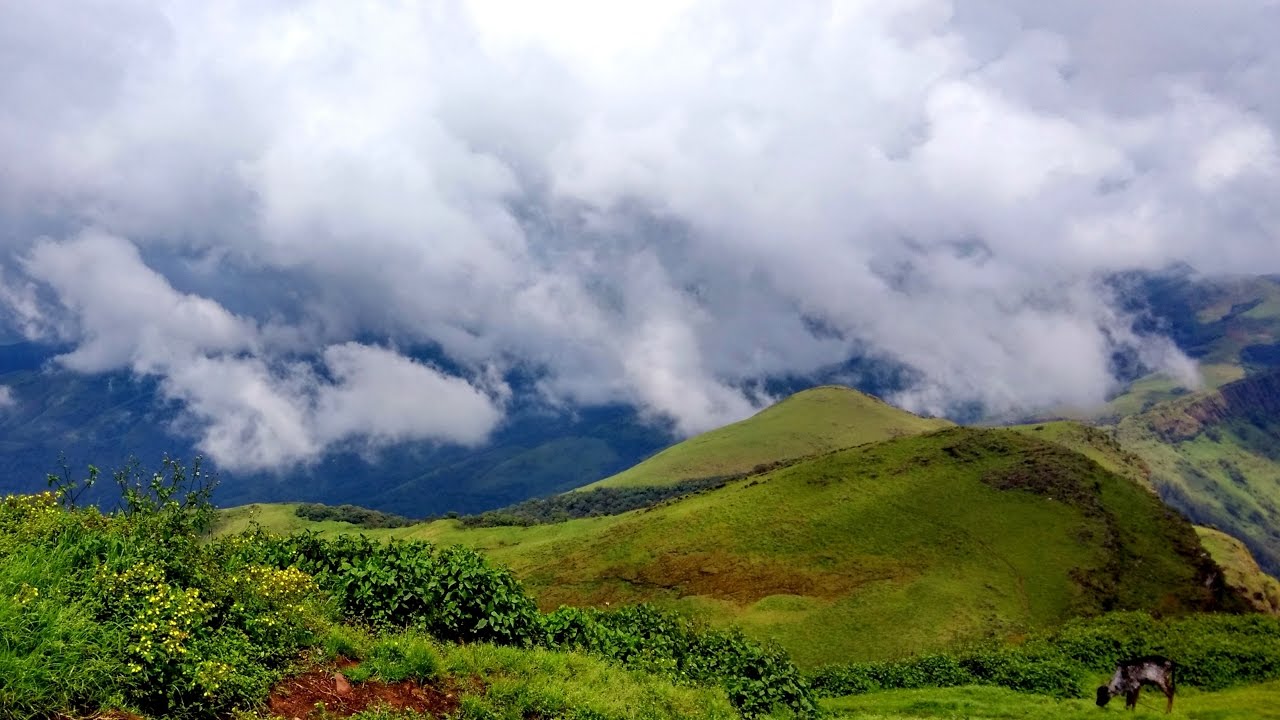Kerala’s Revised ESA Proposal: Safeguarding 8,590 Sq Km of the Western Ghats
The Kerala government has submitted a revised proposal for Ecologically Sensitive Areas (ESAs) in the Western Ghats to the Union Ministry of Environment, Forest, and Climate Change (MoEFCC). The new plan aims to protect 8,590.69 sq km, covering 98 villages across 12 districts in Kerala, marking a reduction of 121 sq km from the previous submission earlier this year. The proposal comes in response to the catastrophic landslides in Wayanad, which led to significant loss of life and property.
Key Features of Kerala’s Revised ESA Proposal
Reduced Area for ESA Designation: The revised proposal now covers 8,590.69 sq km, focusing on the most vulnerable areas in Kerala’s Western Ghats.
Focus on High-Risk Villages: The proposal covers 98 villages, particularly in the landslide-prone regions of Wayanad, Idukki, and Palakkad.
Prioritizing Vulnerable Zones: Areas that were devastated by the 2024 landslides, including Chooralmala, Mundakkai, and Vellarimala, are given special attention in the revised proposal.
Importance of Protecting the Western Ghats
The Western Ghats, a UNESCO World Heritage Site, are crucial for:
Preserving Biodiversity: The region is home to unique flora and fauna, many of which are endemic and endangered.
Providing Water Resources: The Ghats serve as the source for several major rivers crucial for agriculture and drinking water in Southern India.
Maintaining Climate Balance: The region helps regulate monsoon patterns and the overall climate of the surrounding areas.
Given the environmental significance of the Western Ghats, protecting them through ESA designations is vital for future sustainability.
Wayanad Landslides: A Wake-Up Call for Environmental Protection
The landslides in Wayanad, triggered by continuous rainfall in July 2024, claimed over 400 lives and displaced many more. This disaster highlighted the fragility of the Western Ghats and the urgent need for effective environmental protection strategies. The Kerala government responded by revising the ESA proposal to include high-risk areas like Wayanad, which are susceptible to landslides and soil erosion.
The revised proposal aims to reduce human-induced environmental stress on these areas, thereby preventing future natural disasters and promoting sustainable development.
Challenges in Implementing ESA Proposals
While environmentalists support the ESA protection measures, there are concerns from local communities about how restrictions on land use might affect livelihoods, particularly in agriculture and construction. The state government is engaging with stakeholders to find a balance between environmental protection and economic development.
Union Government’s Role in ESA Approval
The Union Ministry of Environment will play a pivotal role in reviewing and approving the revised ESA proposal. Kerala’s initiative is part of a broader effort to protect the Western Ghats across multiple states, aiming to conserve one of India’s most ecologically significant regions.
A Sustainable Future for the Western Ghats
Kerala’s revised ESA proposal for the Western Ghats is a crucial step in ensuring long-term environmental protection. By safeguarding 8,590.69 sq km of vulnerable land, especially after the devastating Wayanad landslides, Kerala sets a precedent for sustainable conservation practices. As the Union Ministry reviews the proposal, the focus remains on balancing ecological preservation with the needs of local communities.






